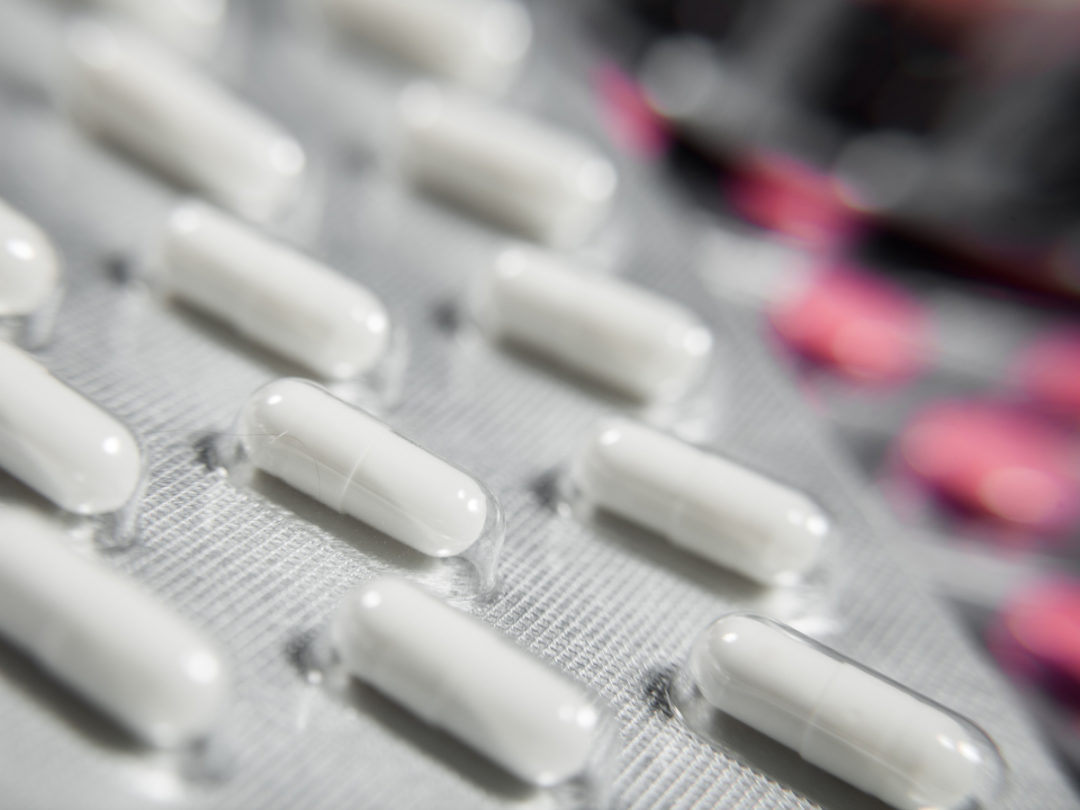
Visit Our Sponsors |
|
|
|
|
|
|
|
|
|
|
|
|
|
|
|
|
|
|
|
|
|
|
|
|
|
|
|
|
|
|
|
|
|
|
|
|
|
|

Once known as the pharmacy to the world, Germany now has its work cut out to supply enough medicines to its own citizens.
The globalization-driven shift in drug making from Europe’s biggest economy to cheaper locations wasn’t too much of an issue until the coronavirus crisis, when India imposed export curbs on products including paracetamol. That over-the-counter painkiller was first clinically used in Germany, which dominated the industry before World War I.
India’s move jolted officials in Berlin and Brussels awake to the risk of pharmaceutical shortages. Their challenge, now being prioritized by Germany in its current presidency of the European Union, is how to ensure a supply of so-called generics — cheap drugs from painkillers to antibiotics whose patents have expired — when few companies in the region make them anymore.
“We have delivery problems in Germany and in Europe generally — and they’re getting worse,” said Mathias Arnold, vice president of the country’s ABDA organization of pharmacists, who runs a pharmacy in Halle, in eastern Germany. While India’s ban was in force only a few weeks, “what would we have done if it had lasted for half a year? We’d have had a really serious problem.”
The generics business is one of extreme price pressures: In Europe’s state health-care systems, an antibiotic pill can retail for less than a piece of chewing gum. The majority of active ingredients are therefore produced in cheaper locations such as India and China, including the Hubei province where the COVID-19 virus originated.
Made in Austria
A factory in the small Austrian town of Kundl showcases the problem. Owner Sandoz, a unit of Swiss pharmaceutical giant Novartis AG, says it’s the last remaining manufacturer in the western world to house all production steps of the life-saving antibiotic penicillin, from the synthesis of active ingredients to finished pills, under one roof.
Germany’s health minister, Jens Spahn, wants to lessen the reliance on Asian production that leaves the region’s supply at the mercy of foreign governments, and is using the country’s rotating presidency of the EU to pursue that.
“It’s not about ending globalization completely, nor is it about having everything in Europe, but identifying certain products that we want to have manufactured in Europe,” he told EU lawmakers on July 6. “And talking about how we can make this happen.”
Europe remains a manufacturing hub for more lucrative prescription medicines, and the most obvious answer might be to build more factories there.
Higher Costs
But unless prices for generics increase significantly, that wouldn’t be economically viable. Morris Hosseini, senior partner at the consultancy Roland Berger, calculates a drugmaker would need to charge 46 euro cents ($0.54) per dose of antibiotics to start production in Germany. Current prices are between 6 and 16 euro cents.
Recognizing the problem, Austria’s government struck a deal with Novartis to invest 150 million euros in the Kundl facility to ensure it can produce enough penicillin for the EU.
“It’s important that Austria and Europe aren’t too dependent on other countries,” Austrian Economy Minister Margarete Schramboeck said at a press conference on July 27.
An EU-level push on the matter may yield little more, however, since leaders on July 21 downsized a planned health program whose goals include shortening drug-supply lines. The “EU4Health” initiative, now totaling 1.7 billion euros, is less than a fifth of the size initially proposed, threatening to undermine a new pharmaceutical strategy for the region.
“I am of course disappointed that the agreement reached by EU government leaders significantly reduced the proposed budget,” European Health Commissioner Stella Kyriakides said. Still, “while many of the foreseen actions will have to be scaled back, it is also important to keep in perspective” that the 1.7-billion-euro planned health spending is still larger than previous budgets.
Ensuring Stockpiles
Another option for the EU might be to seek to fund innovation into processes that could make cheaper local production more feasible.
Rather than rebuilding production capacity, it’d be cheaper and easier to strengthen Europe’s supply by penalizing companies that run out of products — an approach that some countries have taken successfully, according Martin Loesch, senior partner specializing at the consultancy McKinsey & Company.
“That’s something you could do for all European markets,” he said. “That could be a very simple method to stimulate better availability of generics.”
The Sandoz executive in charge of strategy believes that supply resilience could be a better option than turning back the clock on production. He advocates establishing two sources for crucial components as well as maintaining sufficient stockpiles to bridge bottlenecks.
“You cannot just have your cake and eat it,” Christian Pawlu, head of strategy at Sandoz, said. “If we think over a few years we can turn back the wheel and bring back manufacturing to Europe and North America — I think this isn’t ultimately desirable.”
RELATED CONTENT
RELATED VIDEOS
Timely, incisive articles delivered directly to your inbox.

